
Carlos Sainz Slams “Manipulated” Monaco GP
Ferrari Star Says Two Pit Stop Rule Turned Race into a Tactical Stalemate
When it comes to racing on the streets of Monte Carlo, the margin for error is razor thin — and so is the window for overtaking. But this year’s Monaco Grand Prix added a new twist to the strategy game that has left drivers — especially Carlos Sainz — questioning the integrity of how the race unfolded.
The Ferrari driver didn’t hold back after Sunday’s race, suggesting that the mandatory two pit stop rule “manipulated” the outcome and allowed teams to game the system. With positions virtually locked in on the notoriously narrow circuit, some mid-field teams took full advantage of the rule, turning the race into what Carlos Sainz described as a “procession” — rather than a battle.
Two Pit Stop Rule Under Fire at Monaco GP
The root of Carlos Sainz’s frustration lies in a rarely enforced regulation — the two mandatory pit stops introduced for this specific race weekend. Intended to spice up strategy and avoid the typical single-stop procession Monaco is infamous for, it instead opened the door to gamesmanship and manufactured pace management.
“At the end of the day, you’re running 2-3 seconds slower than what your car is capable of,” Carlos Sainz explained after the race. “That’s manipulating the race and the result in a way. It doesn’t feel like racing.”
And the Spaniard wasn’t the only one affected.
Williams executed the tactic to perfection, with both drivers — Alex Albon and Logan Sargeant — slowing down the pack behind them in the mid-phase of the race. The result? Enough of a gap for their teammates to pit without losing track position. While entirely legal, it didn’t sit well with Carlos Sainz, who found himself caught in the middle of this strategic slow dance.
How Carlos Sainz and Albon Benefited… Ironically
Despite voicing his frustration, Carlos Sainz paradoxically found himself one of the beneficiaries of the rule he criticized.
As Williams choked the pace of the chasing pack, Ferrari used the gap to slot Carlos Sainz into a points-paying position after his stop. Similarly, Albon himself managed to secure rare points for Williams, thanks to the same plan. In a sport where fractions of a second count, sometimes the best move is to simply hit the brakes — figuratively speaking.
But Carlos Sainz’s concern isn’t just about who gained or lost. It’s about the nature of competition.
“In Monaco, it’s so easy to do this,” he said. “Try it on a track with long straights and DRS — it wouldn’t work. But today, it was easy for everyone.”
He has a point. On tracks like Baku, Spa, or Silverstone, this tactic would fall apart the moment DRS opens. But Monaco — a circuit frozen in time, a relic of 20th-century street racing — is uniquely vulnerable to pace manipulation.
Russell Breaks Rank: “I’d Rather Take the Penalty”

George Russell, Mercedes, Carlos Sainz, Williams
The clearest visual of the race’s tactical gridlock came when George Russell, stuck behind Albon’s Williams for lap after lap, decided he’d had enough. Approaching the Nouvelle Chicane, he cut the corner completely, overtaking Albon off-track in a move that would typically trigger an automatic penalty.
But Russell didn’t care. In fact, he told his race engineer he would rather take the time penalty than give the position back — a statement that says as much about the track as it does about the rulebook.
Sainz, interestingly, backed the Mercedes driver:
“I totally understand why George did it. I was close to doing the same thing,” Carlos Sainz admitted. “We were just crawling around out there, and you feel like your hands are tied.”
It was a moment that captured the frustration bubbling under the surface for many drivers. And it begged the question — when is Formula 1 racing no longer racing?
Monaco: Glorious Relic or Glitch in the Matrix?
The allure of Monaco is undeniable — from the yachts to the hairpin turns, it’s a jewel in the F1 crown. But the racing? That’s up for debate.
For years, drivers and fans have accepted Monaco’s lack of overtaking as part of its charm. But with the increasing complexity of F1’s regulations and tire strategies, this year’s two-stop rule backfired, handing savvy strategists a way to slow the entire midfield.
“We’re not crashing cars anymore, sure,” Carlos Sainz said. “But we’re going so slowly that it’s essentially another form of race manipulation.”
His comments bring up a larger issue in F1: the line between strategy and sportsmanship. Yes, race engineers are paid to find the edge, but when teams begin to sacrifice race pace entirely for pit lane positioning, are we still watching a sport — or a simulation?
FIA in the Spotlight — Again
The FIA’s decision to introduce the two-stop requirement was undoubtedly aimed at shaking up the Monaco GP’s predictable format. Ironically, it did the opposite.
Teams immediately began gaming the rule, knowing that position on track is king in Monte Carlo. With overtaking virtually impossible, the entire field settled into a rhythm best described as “cruise control.”
There’s no denying the rule changed the complexion of the race — but not in the way the sport intended.
What’s Next for Monaco and the Rulebook?
Sainz’s critique isn’t just a post-race soundbite — it’s part of a growing conversation around Monaco’s place in the modern F1 calendar. The track hasn’t changed, but the cars have. And with every passing year, the delta between raw performance and strategic manipulation grows wider.
So, what should Formula 1 do?
-
Scrap the two-stop rule for Monaco and return to standard strategy formats?
-
Consider sprint-style formats with more points at stake to encourage on-track action?
-
Or go bold and reconfigure parts of the circuit to allow for real overtaking opportunities?
Whatever the answer, it’s clear something needs to give. Because when drivers as calm and calculating as Carlos Sainz start throwing around words like “manipulation,” the sport owes it to itself to listen.
Final Word: Carlos Sainz Speaks for the Drivers
Carlos Sainz has always been known as one of the more thoughtful voices in the paddock — precise with his words and measured with his takes. So when he speaks, particularly with this much clarity, he’s likely voicing concerns many share privately.
“This was not racing,” he concluded. “It was a game of waiting, slowing down, and hoping your strategy plays out. That’s not what Formula 1 should be.”
And for a sport constantly trying to balance tradition with progress, Monaco may be the perfect — and most pressing — place to start.

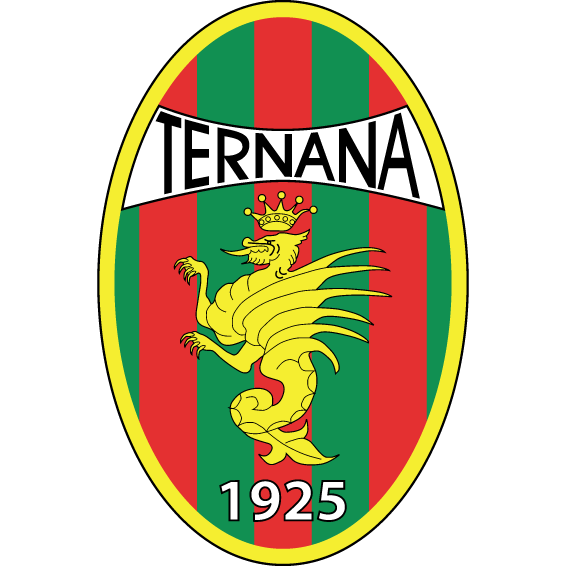
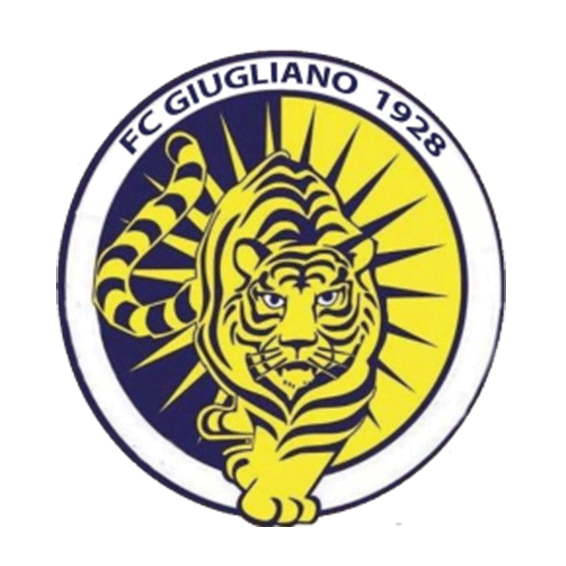

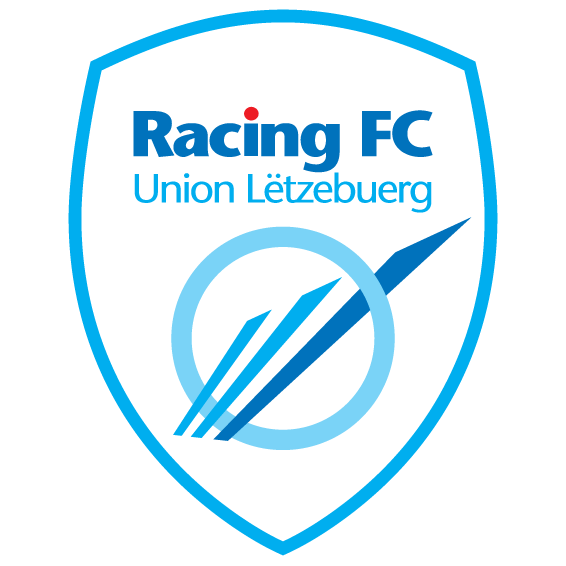
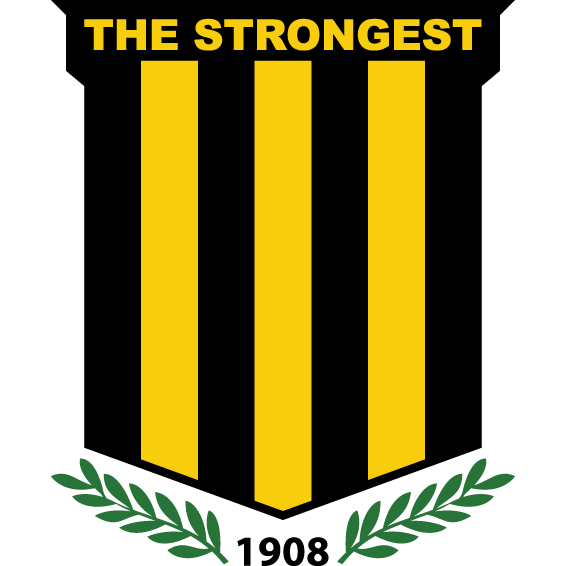
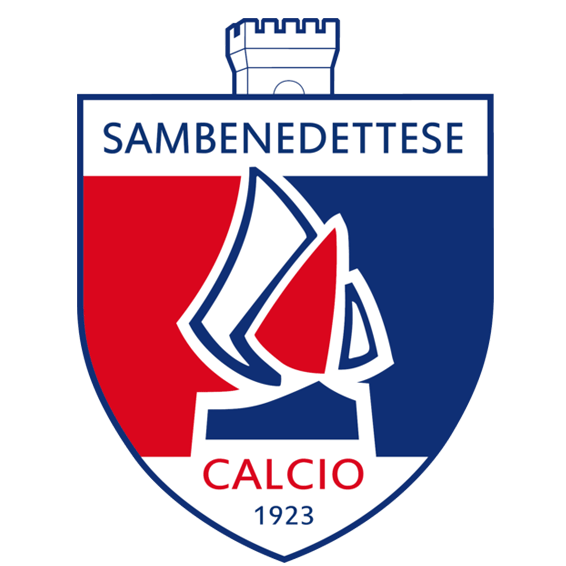

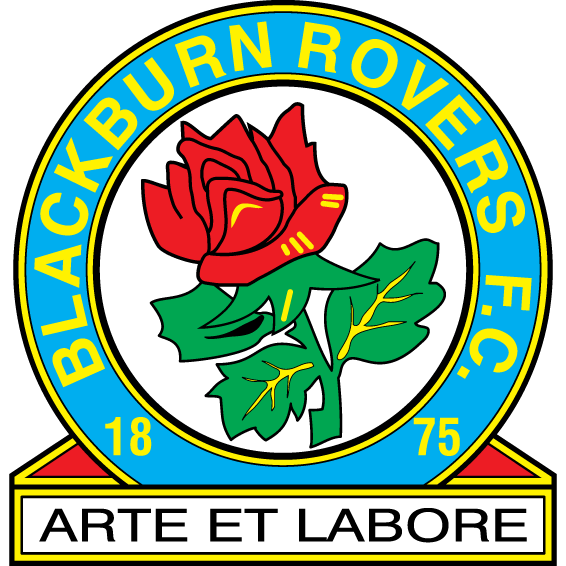
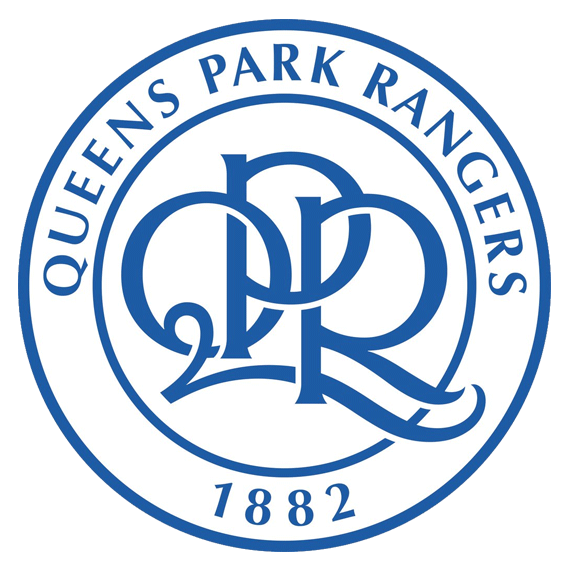
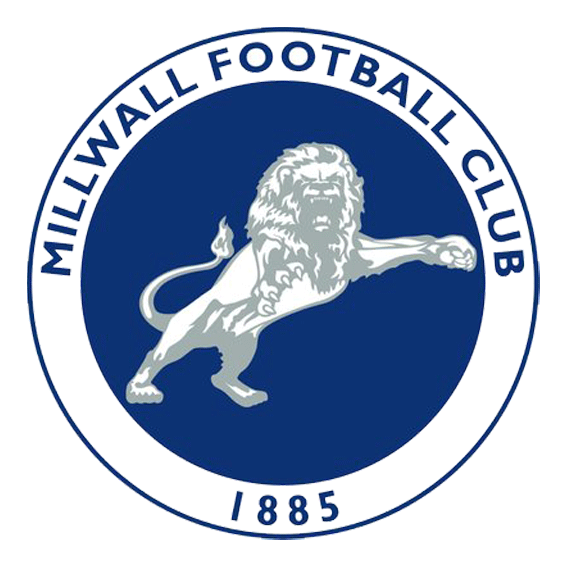




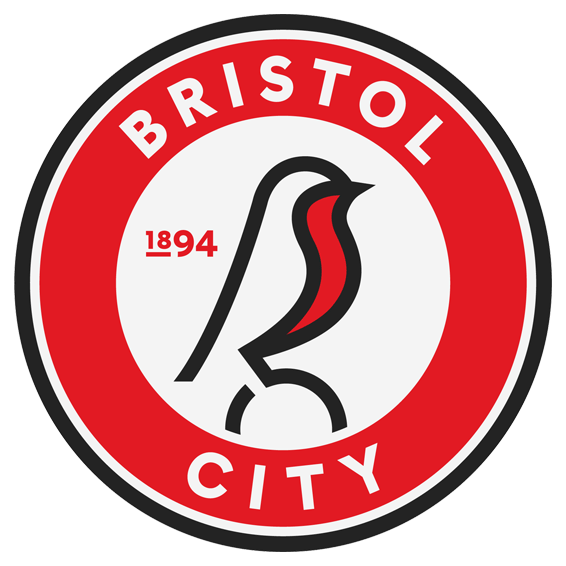
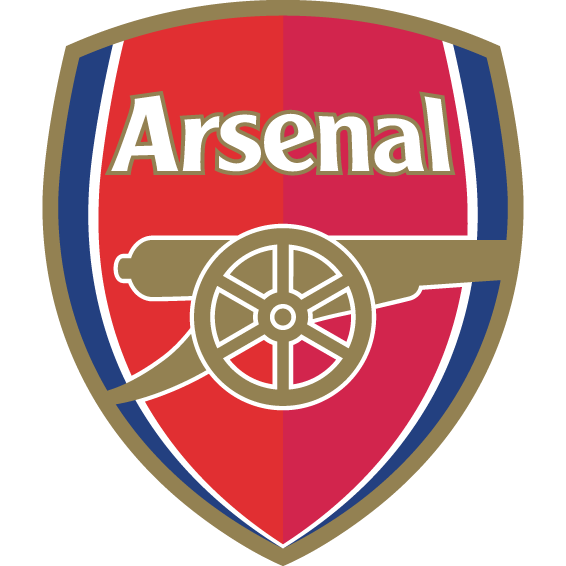
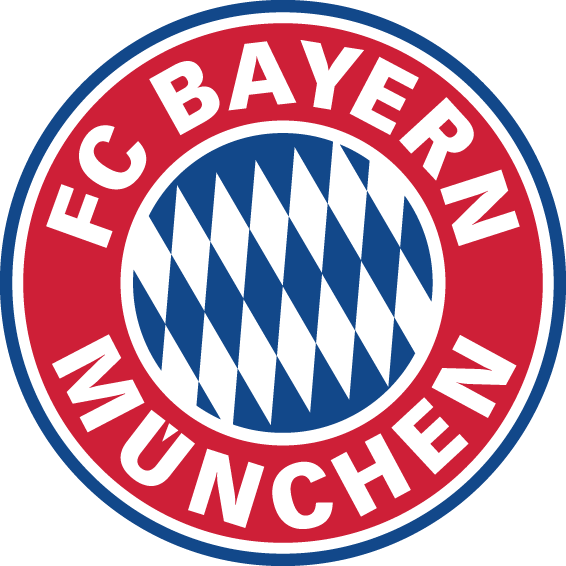
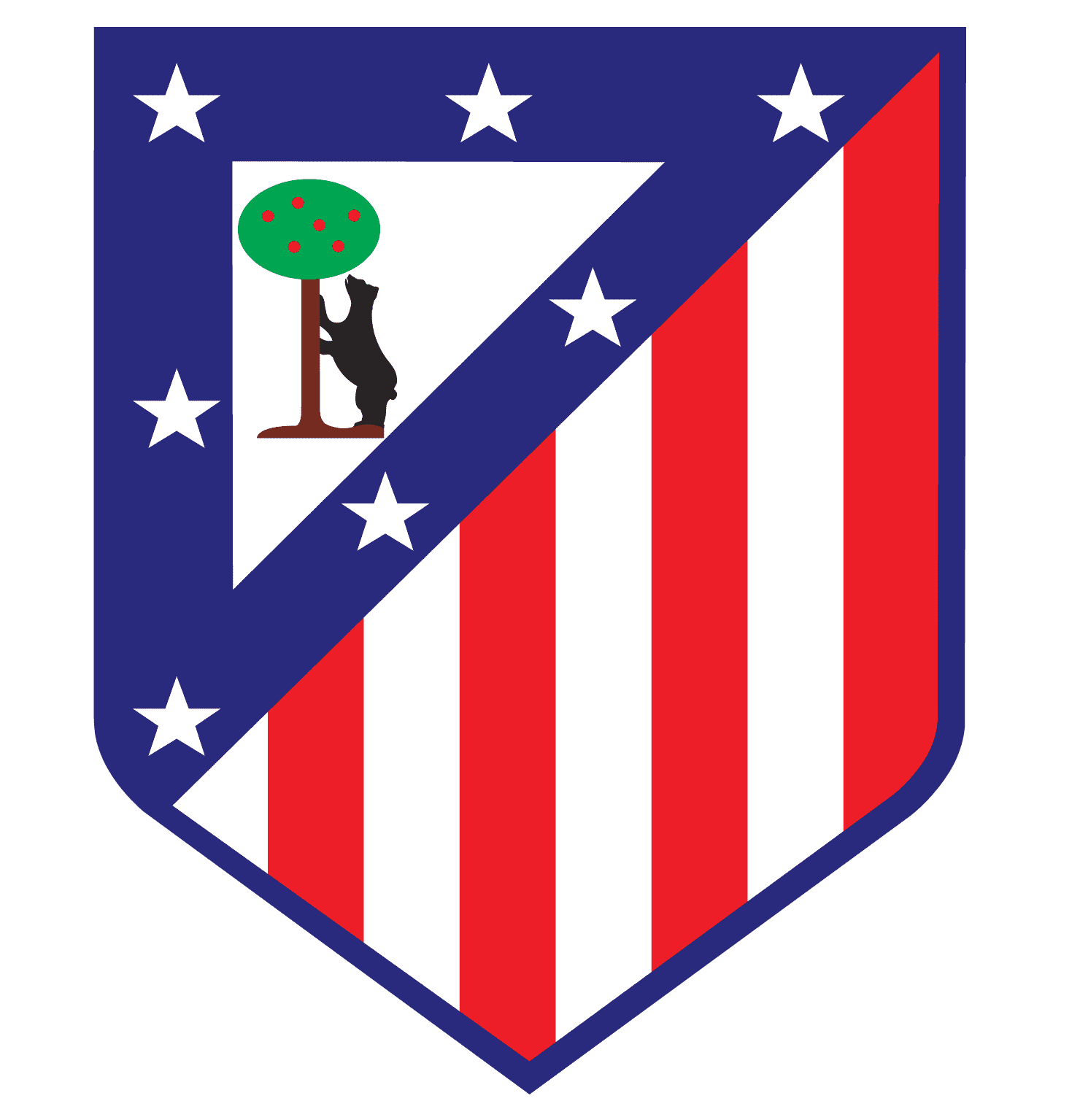


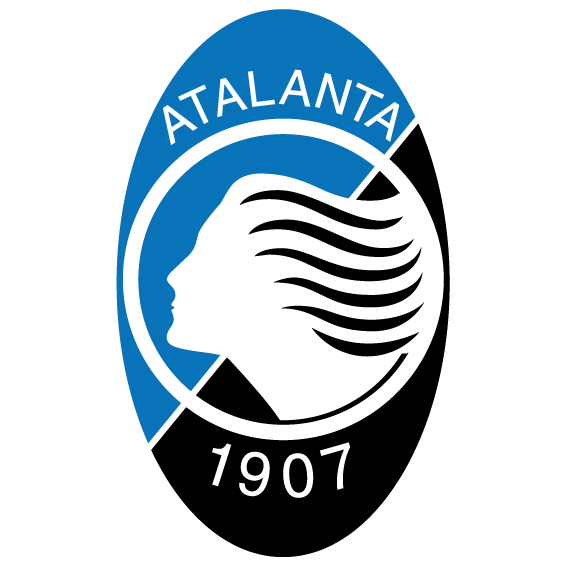
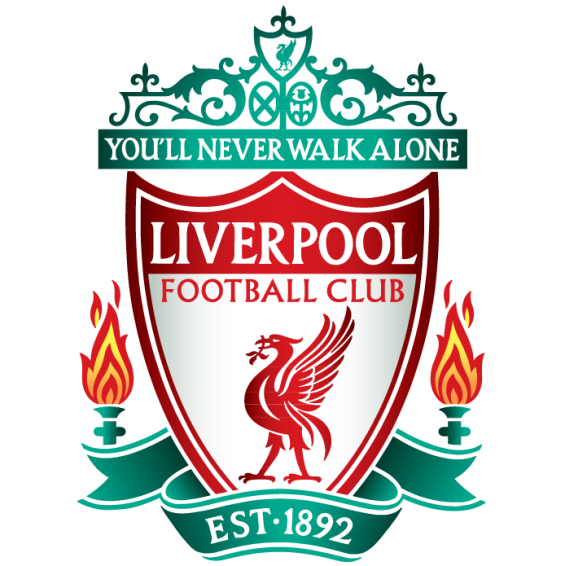
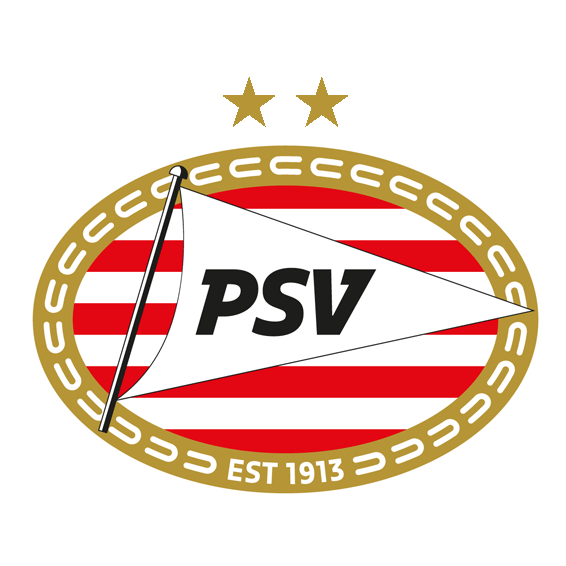
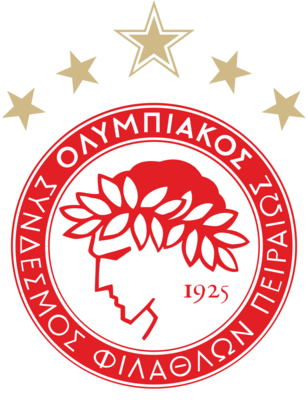

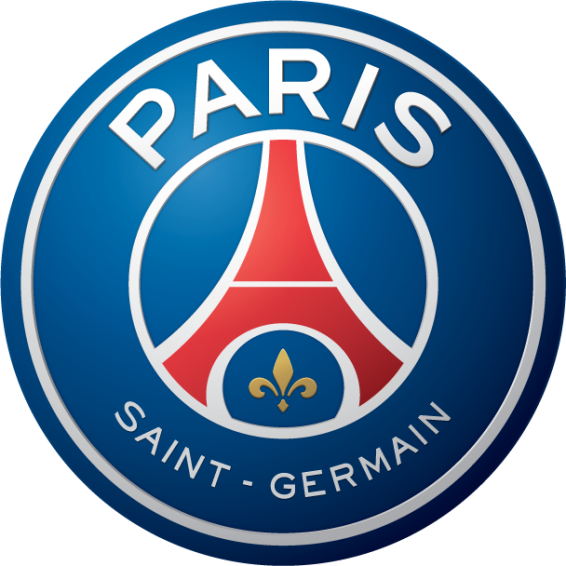
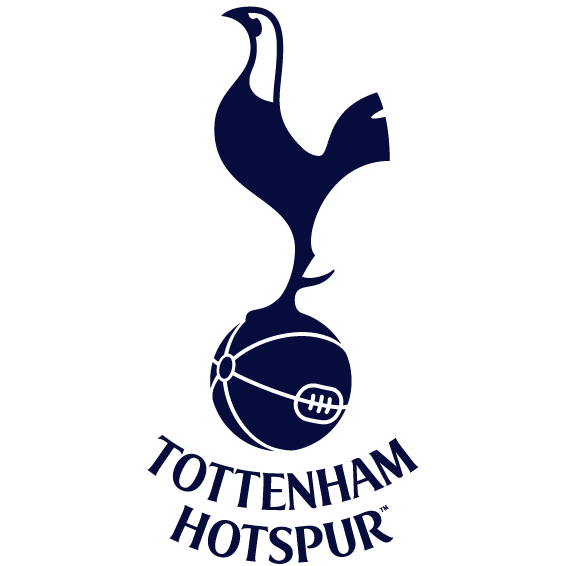


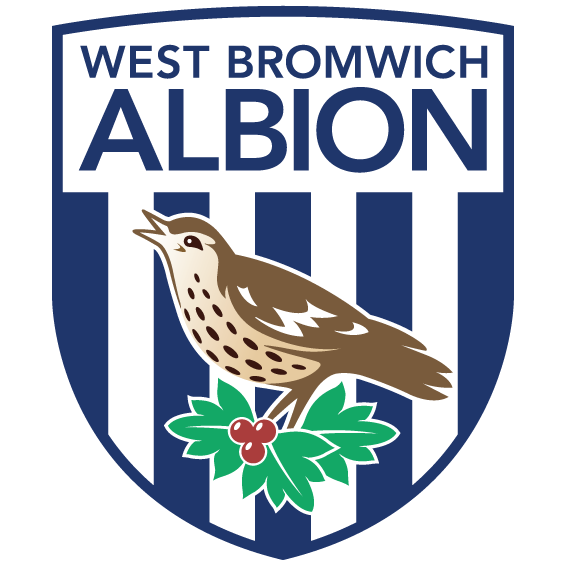
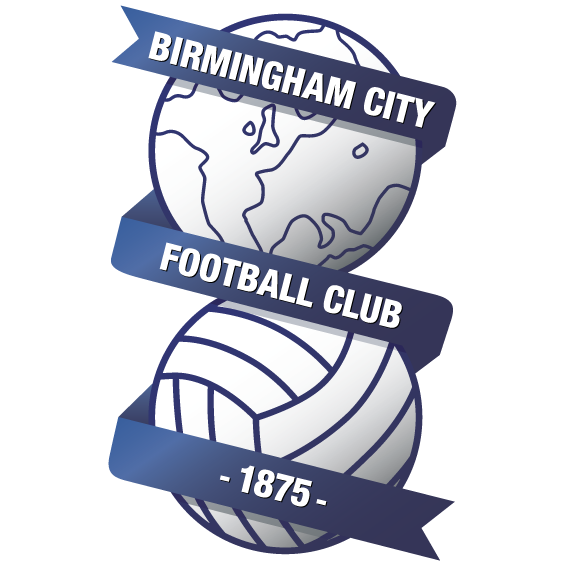


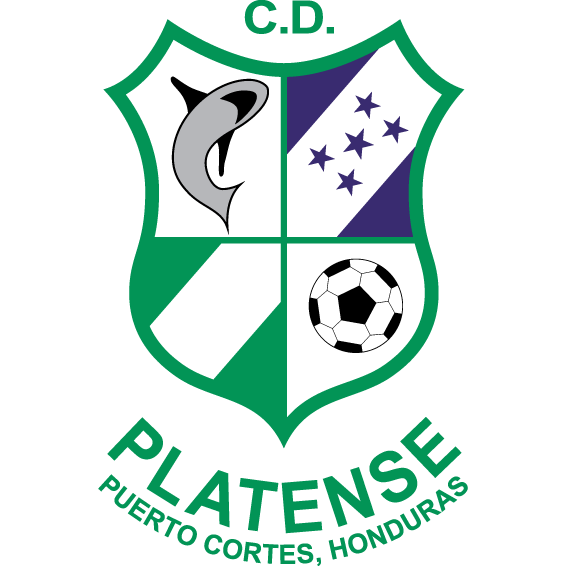

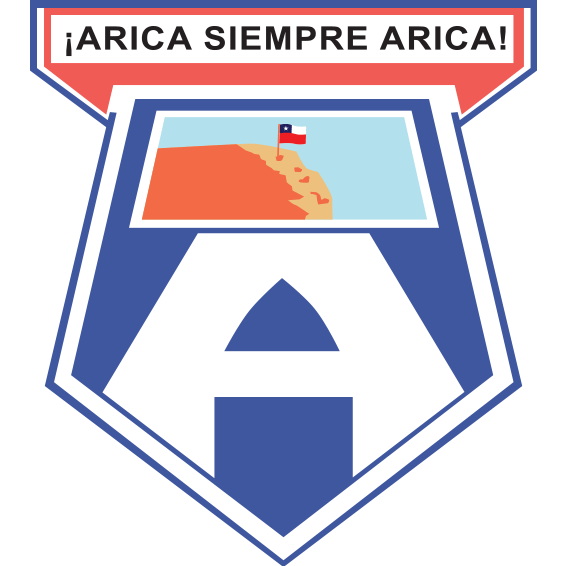


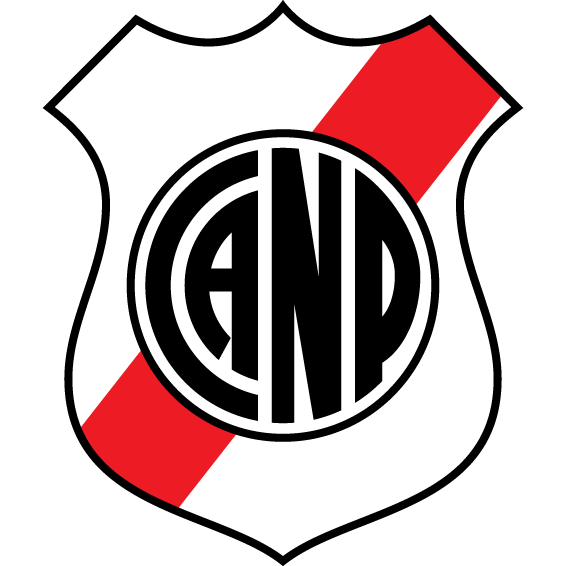
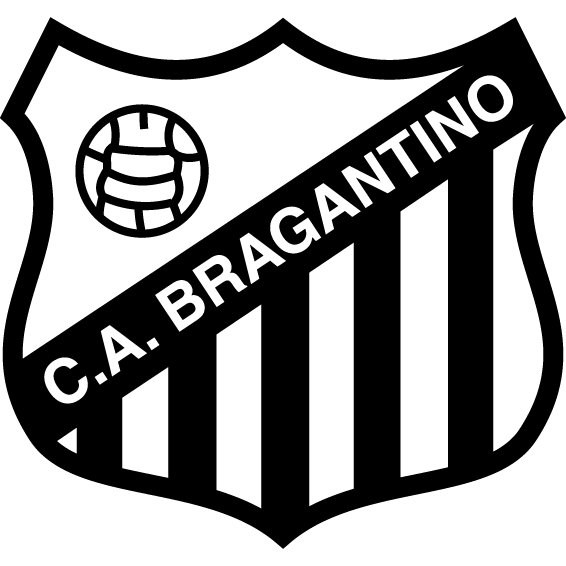
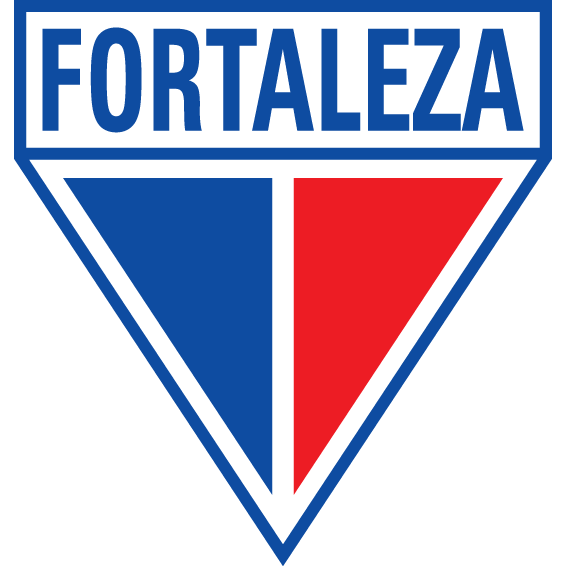
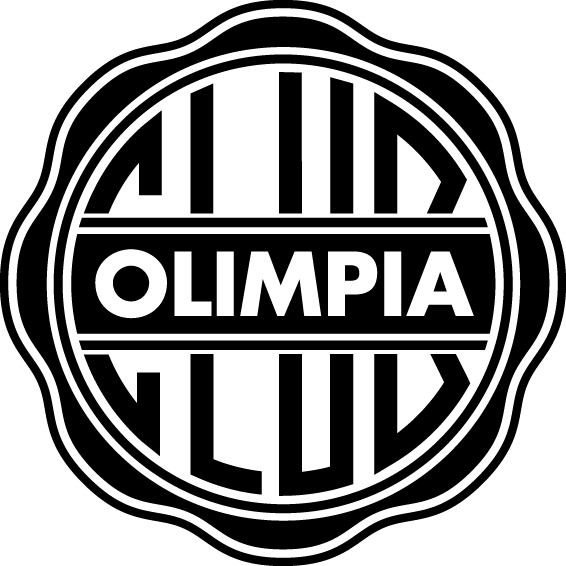
























There are no comments yet. Be the first to comment!